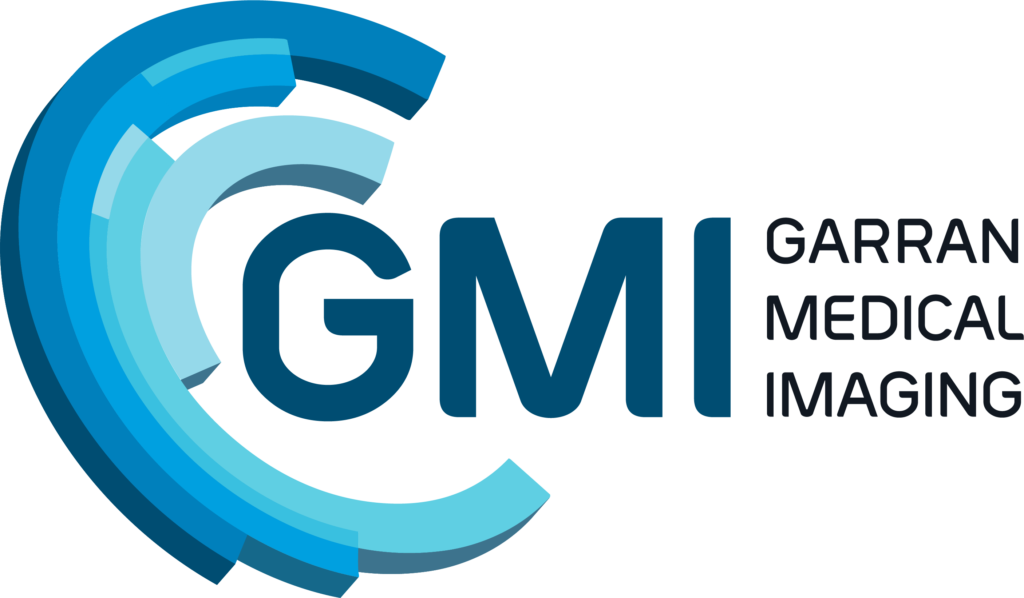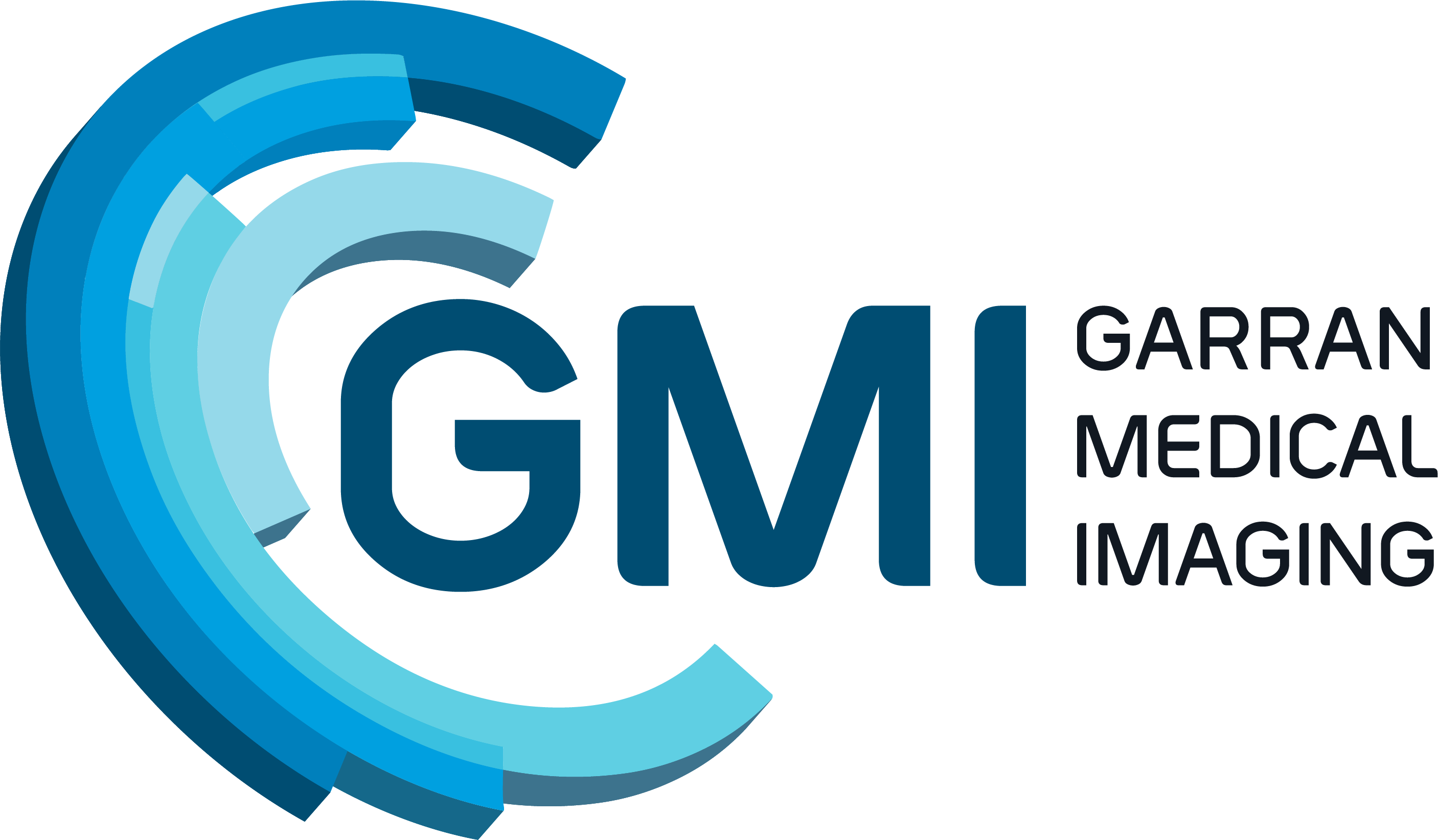CT Scan
Computed Tomography
- What is a CT Scan and how does it work?
- What type of scans can we do?
- What equipment do we have?
What is a CT Scan and how does it work?
CT stands for Computed Tomography. This technique uses x-rays to make cross sectional images of the body. A CT image is typically thought of as a slice of the body and allows the radiologist to look inside the body. CT scans may image any part of the body.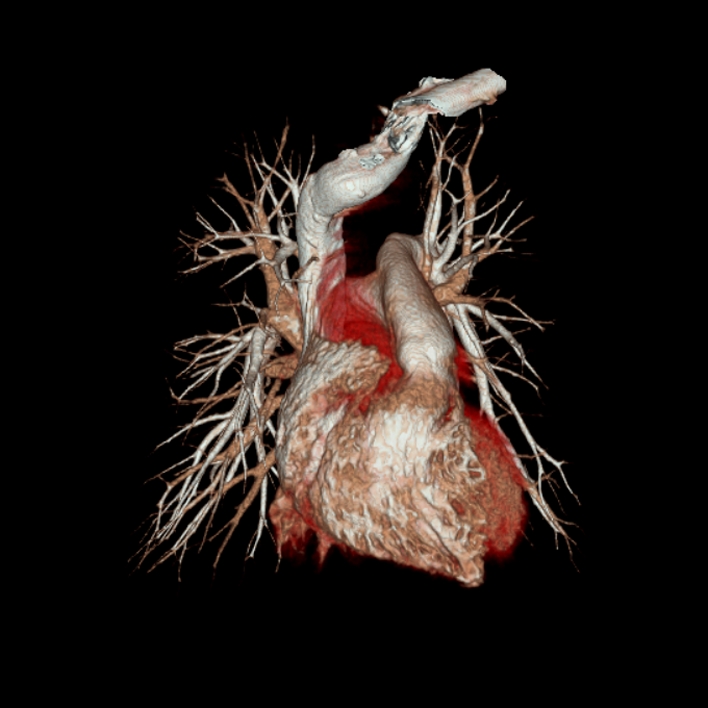
What type of scans do we do?
We can perform the full spectrum of CT Scans. From routine CT scans of the neck, chest, abdomen and pelvis right through to high-resolution extremity and angiographic procedures.
Dr Shekhawat’s subspecialist muskuloskeletal training also provides a full range of CT guided interventional procedures such as facet joint, nerve root/neuroforaminal and epidural injections of all spine levels.
Garran Medical Imaging can meet all your CT requirements.
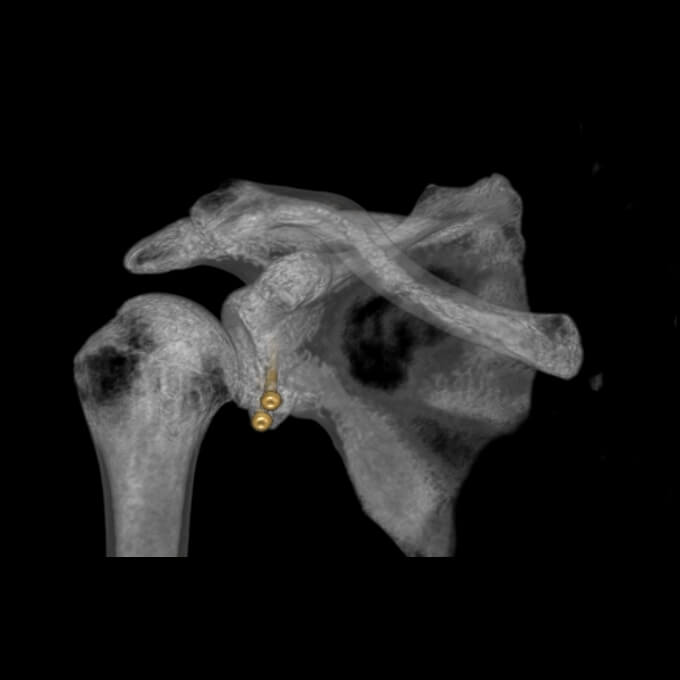
What equipment do we have?
Our Aquilion Prime 160 slice CT scanner provides rapid and high-resolution images producing detailed information during multiple stages of contrast enhancement.
This new technology means we can deliver a report that provides you with the answers you need at the lowest possible x-ray dose (reducing current doses by up to 75%).
It has a wide (780mm) bore, which is far more comfortable, particularly if you are ill or have impaired mobility.
The fast scan speed results in shorter scan times and also minimises any discomfort, providing the maximum amount of diagnostic information.
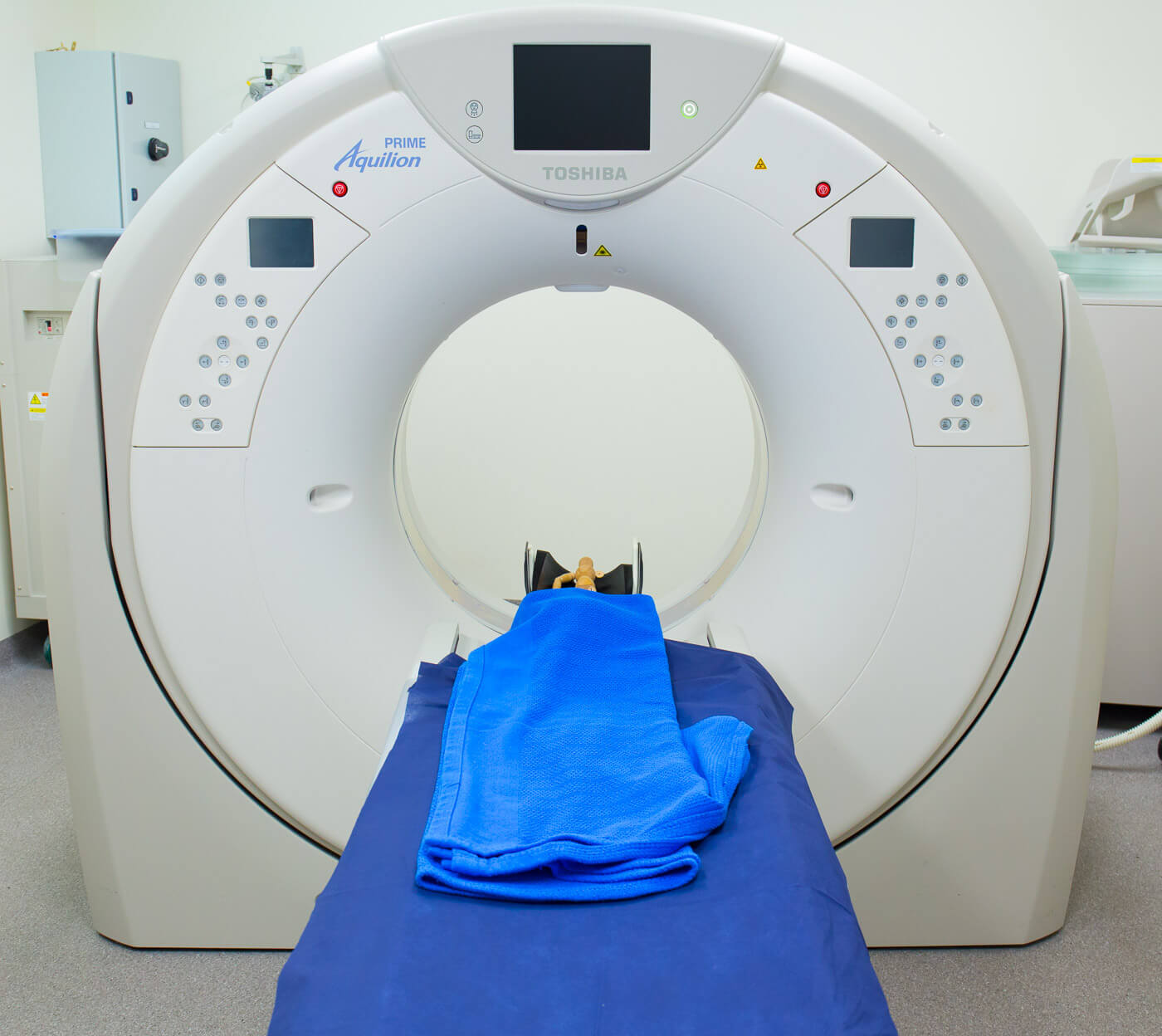
What involved in having a scan?
You will lie on an x-ray table that slides into the CT scanner, which looks like a large ring or donut. The x-rays are emitted from the ring and pass through the part of the body being scanned.
A computer detects the amount of radiation passing through the body and forms an image of the part of the body being scanned.
The scan usually takes no more than half an hour to perform. However, you may need to arrive in the x-ray department up to 1 hour before the examination if you have to drink contrast dye for the scan

SEMAR (Single Energy Metal Artefact Reduction). This acquisition and processing method removes artefact from metal objects (artefact is the black blurred out area) Images on the left show utilise SEMAR, whereas the images on the right don’t.
